Caffeine and You: Finding the Sweet Spot for Your Day

Share
Caffeine is a lifesaver for many of us. Whether it’s a cup of morning coffee that wakes you up, a soothing chai during a busy afternoon, or even an energy drink to push through those last few hours of work, it’s hard to imagine a day without it. But let’s face it—too much caffeine can turn our best intentions into sleepless nights, jittery nerves, and unexpected health hiccups. Trust me, I’ve been there. So, let’s talk about how we can manage our daily caffeine intake without giving up on the joys it brings.
Understand Your Caffeine Limits
Okay, let’s get real for a sec. Did you know the recommended daily caffeine intake for most adults is up to 400 mg? (Source: FDA). That’s about four 8-ounce cups of brewed coffee. But here’s the thing: we’re all different. While some of us can handle an espresso shot after dinner and still sleep like a baby, others feel jittery after a single cup of tea. For me, staying below 300 mg works like a charm—that’s roughly two strong cups of coffee. Listen to your body—it’s like your personal guide. Cool, right?
Track Your Sources
Here’s the tea (pun intended): caffeine is sneaky. Beyond your regular coffee and tea, it’s hiding in:
- Green tea and black tea: 30–50 mg per cup.
- Energy drinks: Some of these have over 200 mg per can!
- Soft drinks: Even your favorite colas contain around 30–40 mg per can.
- Chocolate: Dark chocolate, especially, can have up to 86 mg in 100 g.
- Pain relievers: Check the label; some have up to 65 mg per dose.
- Coffee: Typically contains 95 mg per 8 oz cup, but can vary depending on the type and brewing method.
True story: I once realized I was overdoing it not because of coffee but because of my love for dark chocolate. A classic case of “it’s not you, it’s me.” Keep tabs on where your caffeine is coming from to avoid surprises.
Opt for Caffeine-Free Alternatives
Sometimes, you just need a warm hug in a mug, minus the caffeine buzz. Here are some faves:
- Herbal teas like chamomile or hibiscus .
- Decaf coffee (seriously, give it a shot—it’s better than you think!) .
- Warm lemon water with honey (classic and comforting).
- Coconut water (hydration + a treat = win-win!).
Making these small swaps feels like a little self-care moment. You deserve it.
Time Your Caffeine Consumption
Here’s a pro tip: caffeine stays in your system for about 6 to 8 hours (Source: National Sleep Foundation). If you’re a night owl like me but still need your beauty sleep, try to have your caffeine fix before 2 PM. Trust me, no one likes counting sheep all night.
Practice Gradual Reduction
Cutting back on caffeine cold turkey? Not the vibe. Headaches, fatigue, and irritability are too real (Source: Johns Hopkins Medicine). Take baby steps—replace one cup of coffee with a decaf option or switch to herbal tea. It’s all about easing into it.

Eat a Balanced Diet
Food = fuel, fam. When you’re eating well, you’re naturally more energized. Snack on:
- Almonds
- Yogurt with honey
- Bananas with peanut butter
These keep me going without needing that extra coffee hit. Try it—you might just love it.
Stay Hydrated
Fun fact: caffeine is a diuretic, meaning it can make you lose water faster (Source: Mayo Clinic). For every cup of coffee or tea, balance it out with a glass of water. Pro tip: carry a cute water bottle around—it’s trendy and practical.
Take Note of Your Sleep Patterns
Caffeine and sleep? A tricky duo. Caffeine can delay melatonin production—the hormone that helps you sleep . Pay attention to how it’s affecting your shut-eye. Adjusting your timing might just save your dreams (literally).
Combine Caffeine with Activity
Pairing caffeine with light activity—like a brisk walk or stretching—can amplify its good vibes while keeping the jitters away. Studies show movement helps distribute caffeine’s energy boost evenly . Science is cool, huh?
Mix in Non-Caffeinated Energizers
Switch things up with natural energy boosters like:
- Fresh fruit smoothies
- Nuts and seeds (hello, magnesium!)
- Whole grains
They’re like caffeine’s chill cousin—always there for a steady pick-me-up.
Listen to Your Body
This one’s major: pay attention to how caffeine makes you feel. Energized or anxious? Focused or frazzled? I’ve had days where one strong cup of coffee left me spiraling. Learning to read your body’s cues is a game-changer.
Final Thoughts
Caffeine isn’t the villain here—it’s how we use it that matters. By understanding your limits, spotting hidden sources, and making small swaps, you can enjoy the buzz without the burnout. Balance is key, my friend.
So, spill the tea: what’s your caffeine story? Got tips or fave alternatives? Slide into the comments below. And hey, don’t forget to check out more health tips on our blog page.
Explore More
-

Bright Food, Dark Truth: The Hidden World of Artificial Colours
-

What is Maida and Why is it Bad?
-

How Do You Choose the Right Products for Your Health?
-
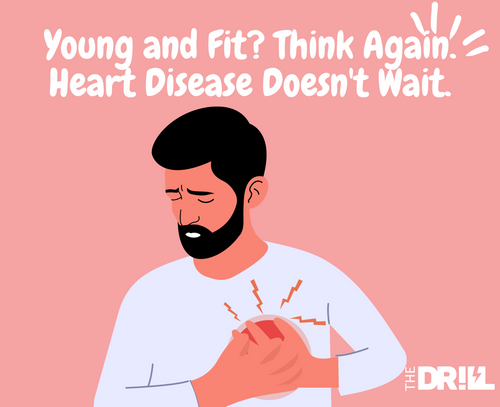
Why Gyms Won’t Save You from Heart Disease in Your 30s: The Hard Truth You Need to Hear
-

Why Potato Chips Are Addictive: The Science Behind the Crunch
-
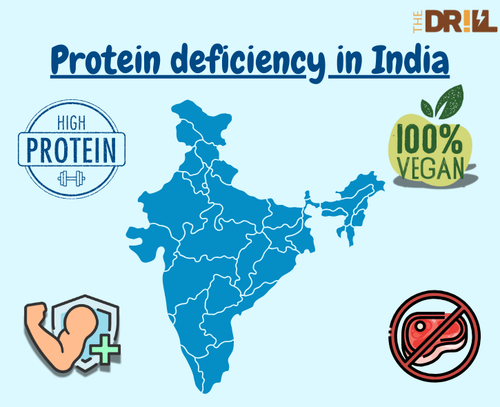
Why Protein Deficiency in India Is More Common Than You Think (And How to Fix It)
-
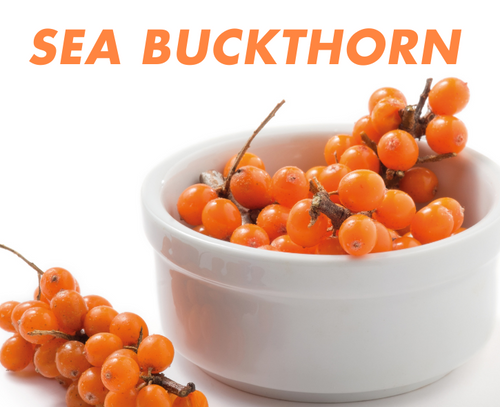
Health Benefits of Sea Buckthorn: The Superberry You Need in Your Diet
-

Cold Weather Hacks: How to Stay Healthy During a Mountain Trip
-

Top 10 Anti-Aging Foods to Keep You Young and Glowing – Bollywood Style
-

PUFA vs. MUFA: Which is Healthier?
-
Introducing Drill Lens: Your AI-Powered Food Rating Tool
-

Benefits of drinking sattu everyday
-
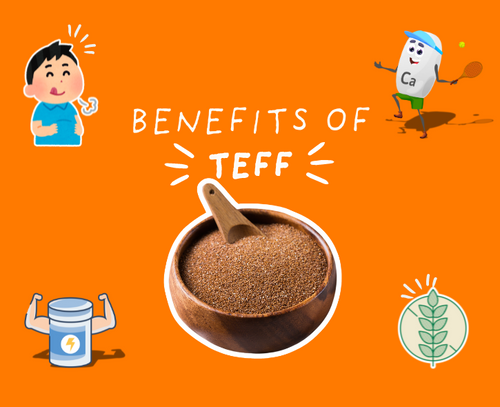
5 Surprising Health Benefits of Teff Grain for Indian Diets
-
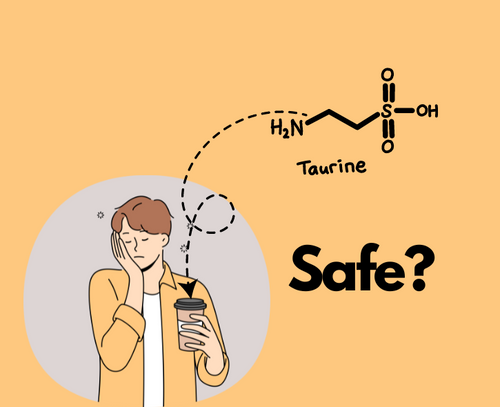
Can Taurine Cause Side Effects? Here’s What You Need to Know
-
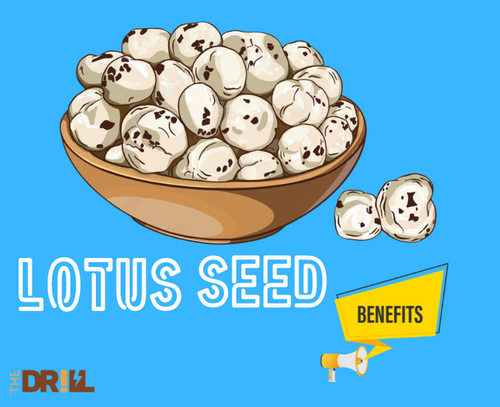
What Are the Health Benefits of Lotus Seeds?
-
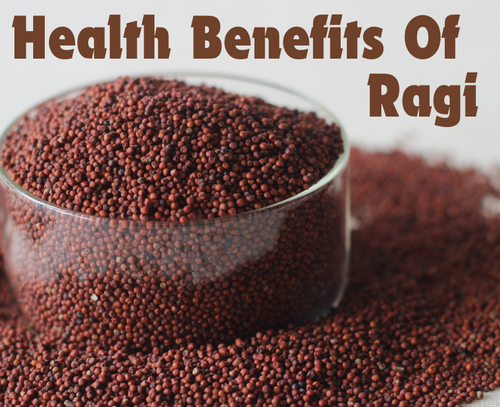
Health Benefits of Ragi for Vegetarians
-
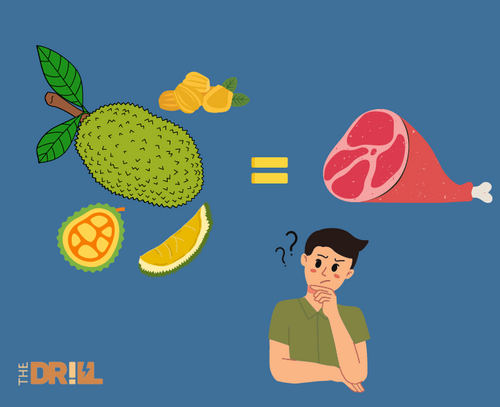
How to Use Jackfruit as a Meat Substitute in Indian Cuisine
-

Is Defatted Soya Good for Muscle Gain?
-
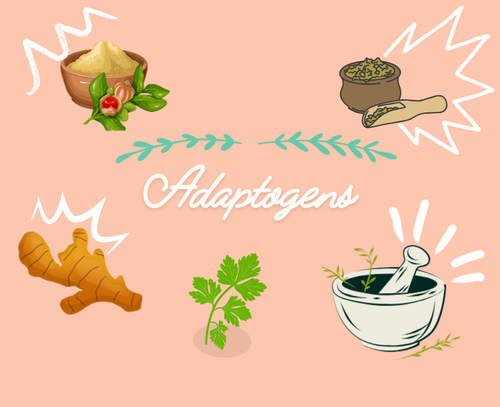
Beginner's Guide to Adaptogens
-

The Impact of Glycemic Index on Cravings
-
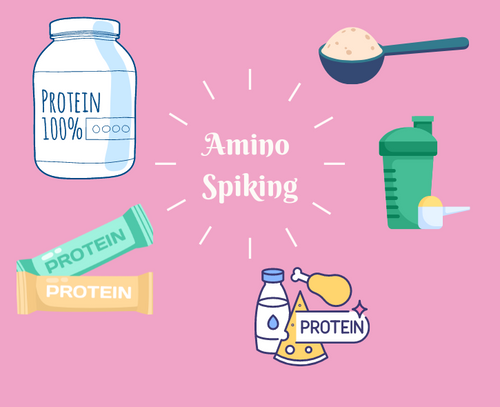
What is Amino Spiking in Whey Protein? A Complete Guide
-
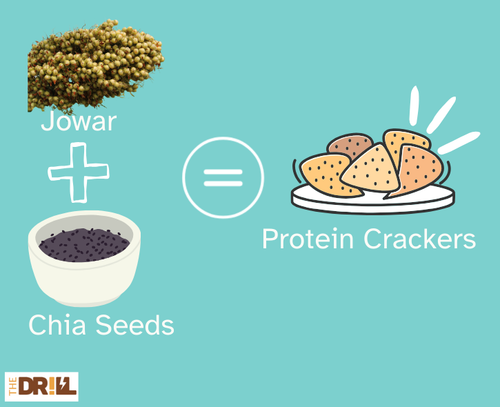
Jowar and Chia Seed Protein Crackers Recipe: A Gluten-Free, High-Protein Snack
-
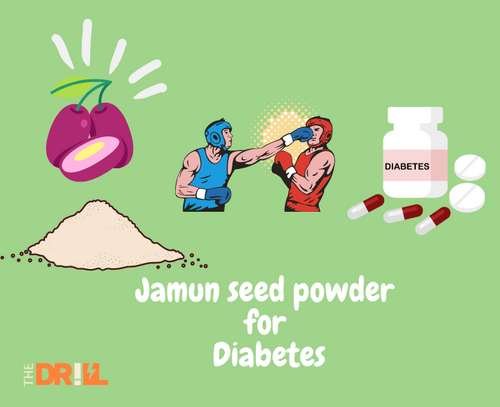
Jamun Seed Powder for Diabetes: Understanding the Benefits and How to Use It
-
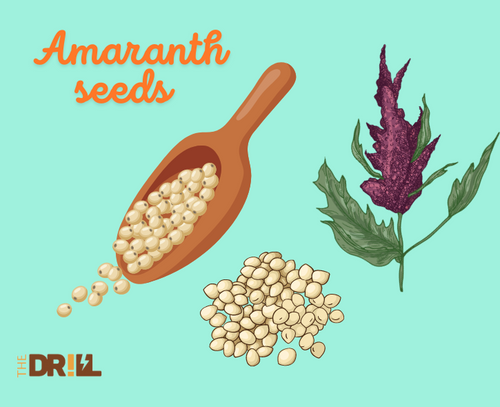
Amaranth Superfood Benefits: Why You Should Add This Ancient Grain to Your Diet
-
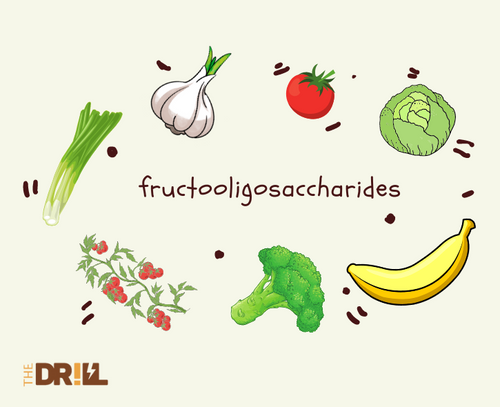
What Is Fructooligosaccharides (FOS) and Why Should You Care?
-
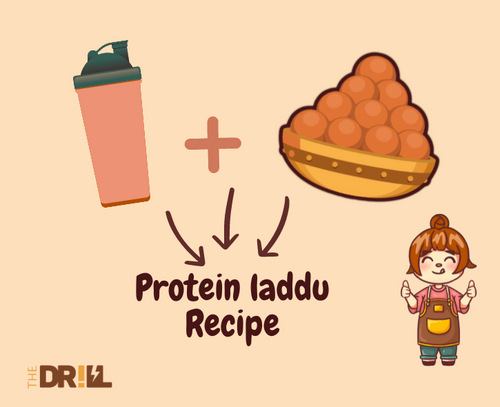
How to Make Protein Laddu at Home: A Nutritious Indian Snack

























